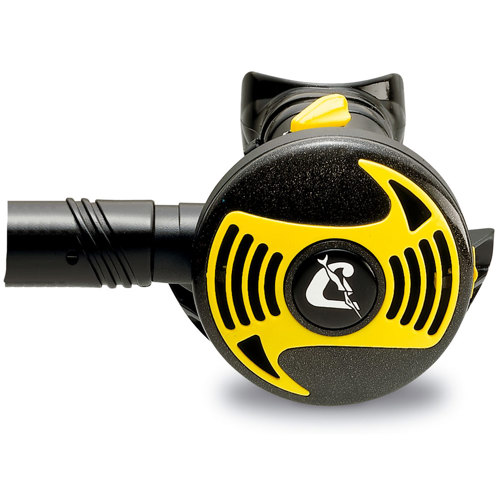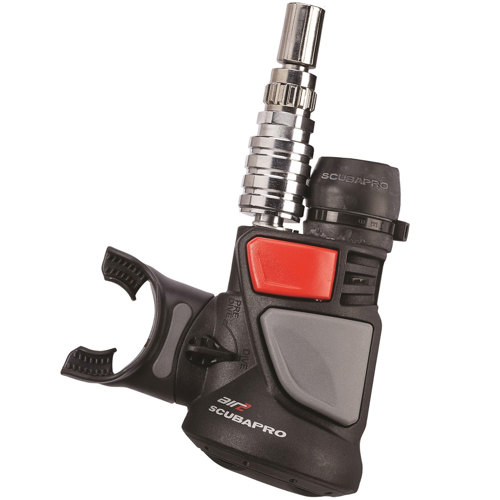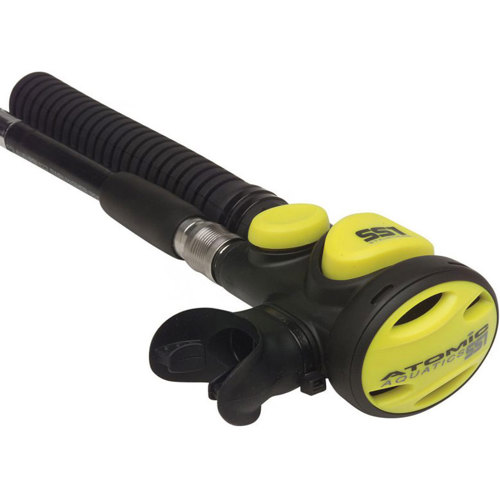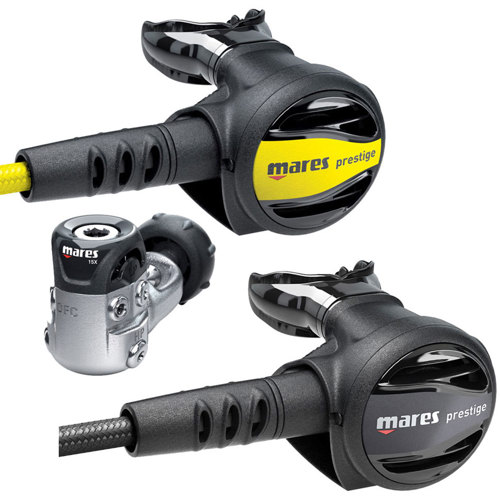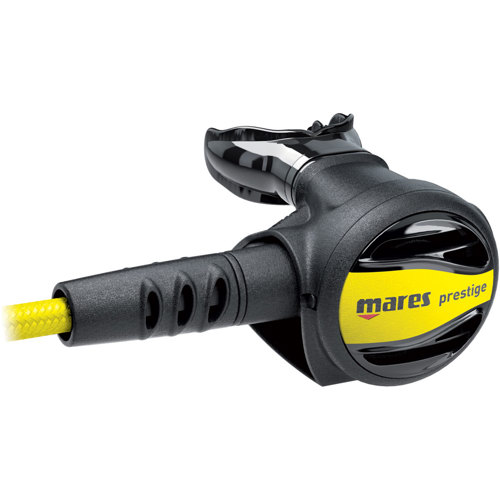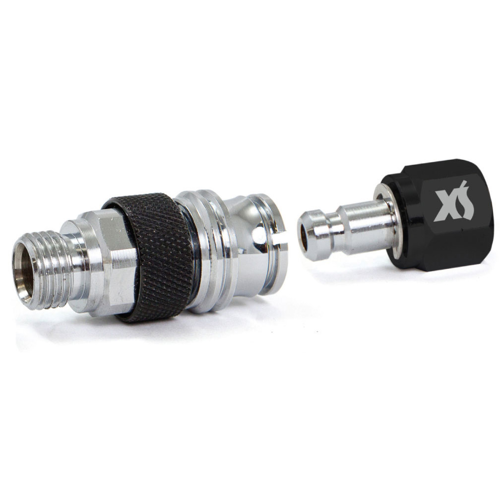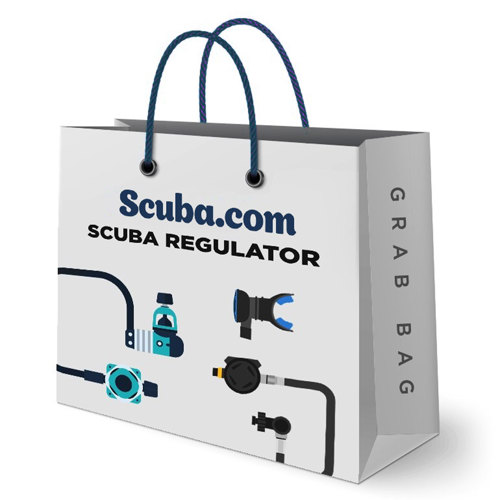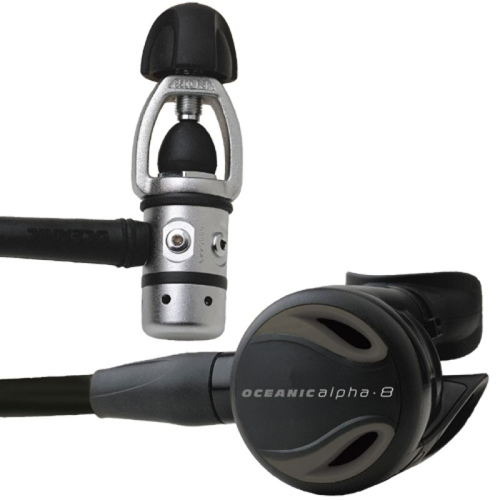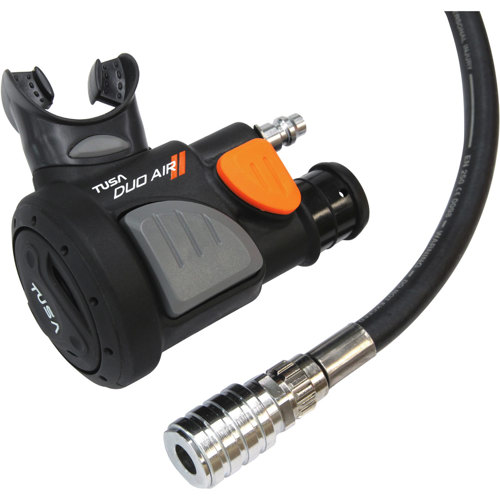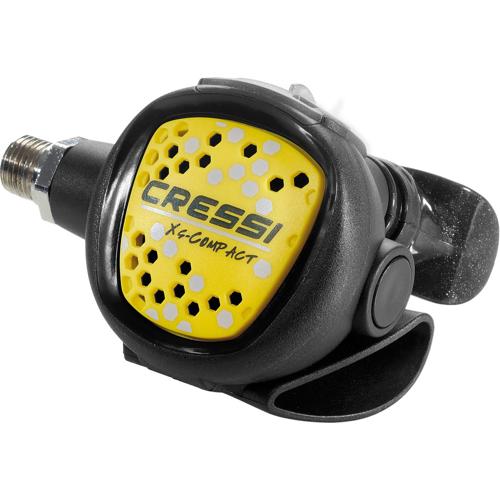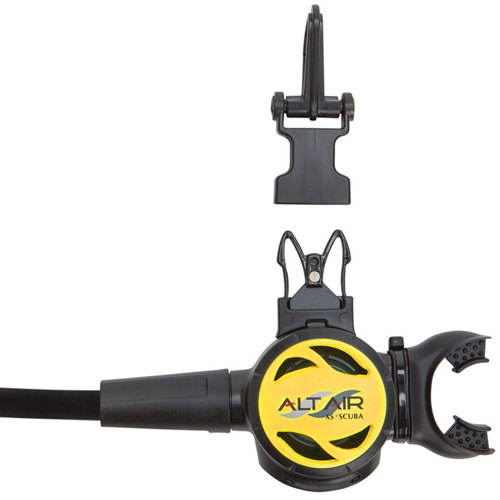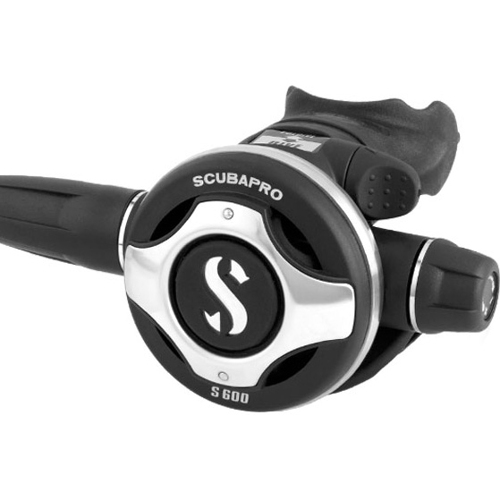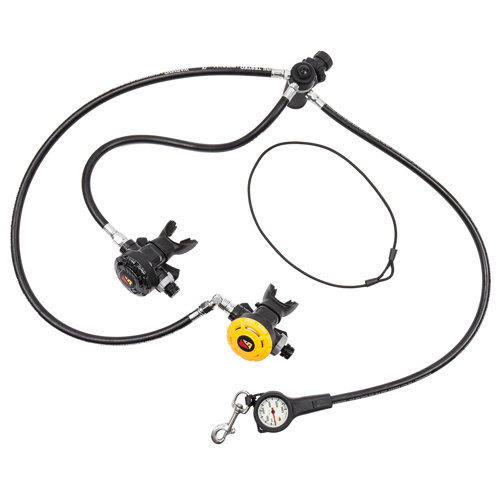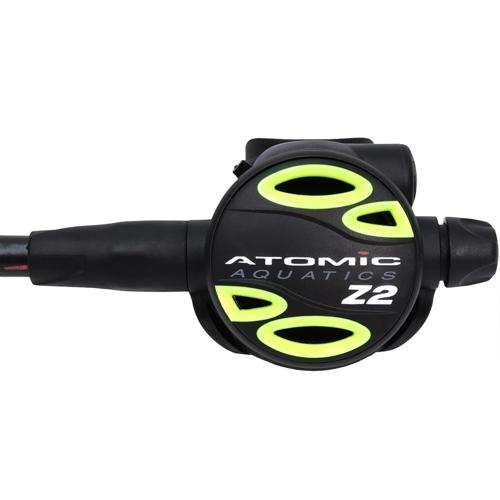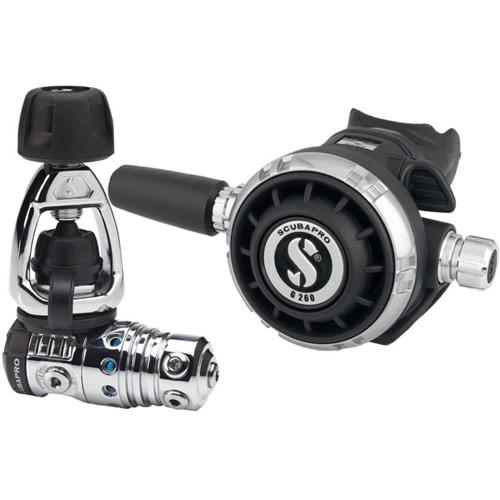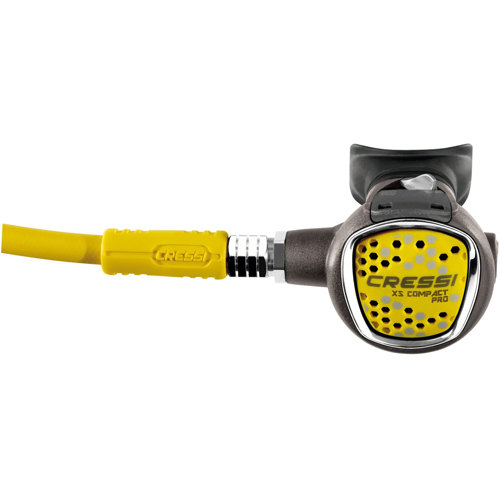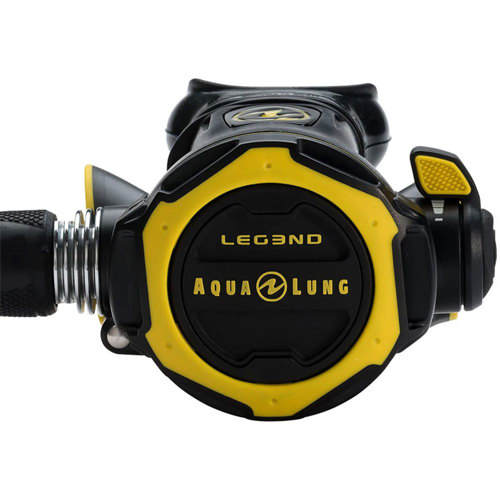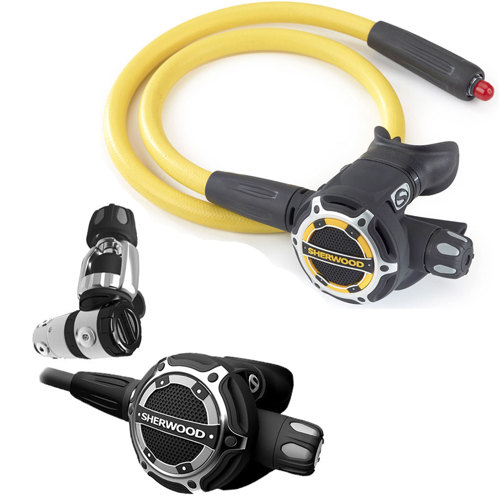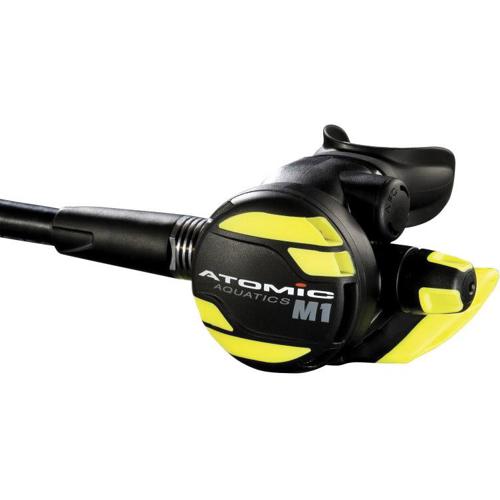An alternate second stage, often called an octopus or “safe second,” is a cornerstone of every diver’s safety setup—whether you’re exploring vibrant reefs in the tropics or navigating the cool, kelp-lined waters closer to home. As summer brings longer days and warmer water, dive season is in full swing, making it the perfect time to review and upgrade your gear. The alternate second stage is easily recognized by its bright color, usually yellow, and its longer hose, which makes it instantly accessible in an emergency. It’s designed to be shared with a dive buddy if they run out of air or if your primary regulator fails, allowing both divers to breathe comfortably while making a safe ascent. For many, the memory of their first buddy breathing drill—steadying nerves, following the instructor’s signals, and feeling the reassuring flow of air from the octopus—serves as a reminder that preparedness is part of the adventure. Whether you’re a new diver building your kit or a seasoned explorer fine-tuning your setup for deeper or more technical dives, the right alternate second stage provides peace of mind and, when needed, a literal lifeline.
Choosing an alternate second stage involves more than just color and hose length. Divers often consider features like a dive/predive switch, which helps prevent free-flow at the surface, or adjustable inhalation effort for fine-tuning breathing resistance. These small details can make a significant difference in comfort and confidence, especially on longer or more challenging dives. Some divers prefer dedicated octopus regulators, while others opt for integrated systems that combine the alternate second stage with the power inflator on their BCD—streamlining their profile and reducing hose clutter. Technical divers, or those venturing into overhead environments, may even rely on completely separate cylinders and regulators for redundancy. No matter the configuration, visibility and ease of access are key; an alternate second stage should always be clipped or stowed where it can be deployed in seconds, without fumbling or confusion. For families, gifting an alternate second stage to a newly certified diver is a thoughtful gesture—an investment in their safety and a vote of confidence as they join you on underwater adventures. And for dive professionals, choosing a reliable, easy-breathing octopus is part of the responsibility that comes with leading groups and teaching new divers.
Maintenance and compatibility are also important considerations. Alternate second stages should be serviced regularly, just like primary regulators, to ensure they function flawlessly when called upon. Matching the alternate second stage to your primary setup—whether it’s a classic downstream design or a more advanced balanced system—helps maintain consistent performance. If you’re curious about the advantages of different regulator technologies, including how balanced mechanisms can improve breathing effort throughout your dive, explore our
Balanced Second Stages page for more details. Ultimately, the alternate second stage is about preparedness and trust: trust in your equipment, your buddy, and your own readiness to handle the unexpected. With the right gear and a practiced hand, you can focus on the joy of discovery—gliding past coral heads, watching a school of fish scatter in the sunlight, and knowing you’re prepared for whatever the underwater world has in store.
Top Picks For Alternate Second Stages

